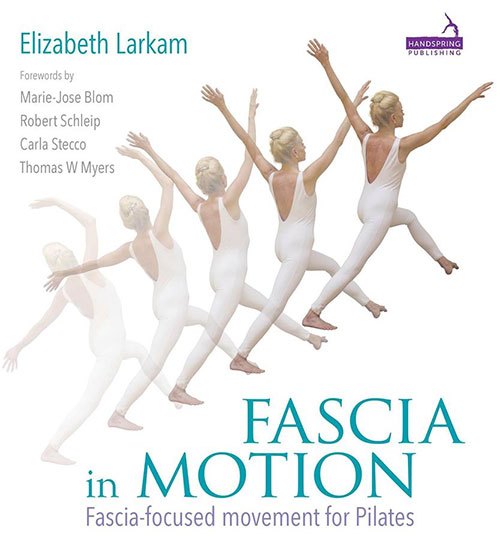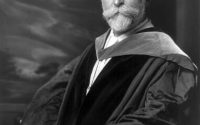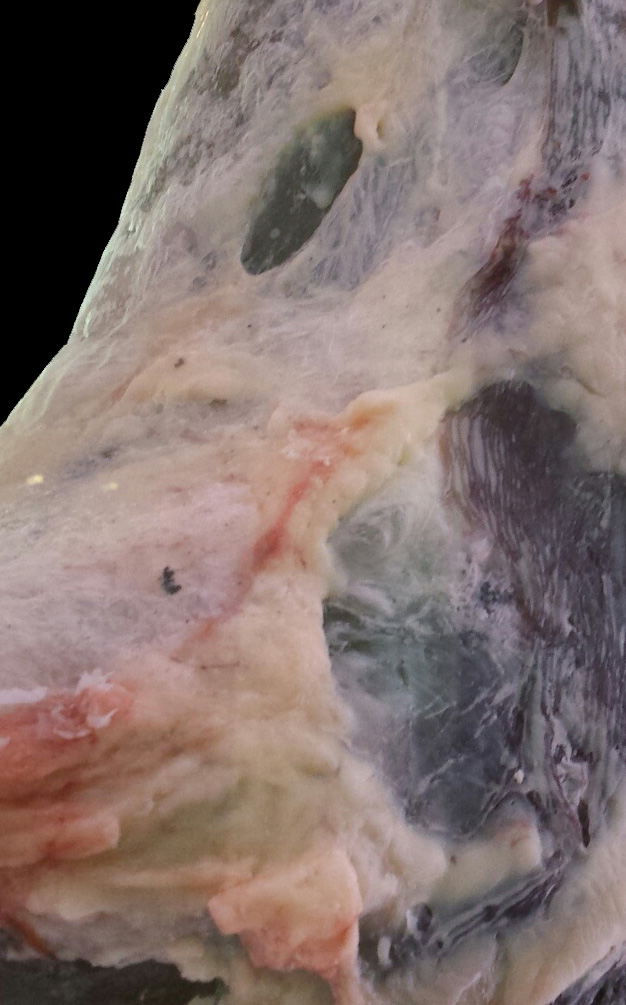Fascia-focused movement criteria
Fascia-focused movement criteria by Elizabeth Larkam

Movement requirements
1. Movements are sustainable for motor control refinement and collagen remodeling
2. Movements encourage awareness of and embodiment of the biotensegrity model.
“A tensegrity structure provides a global response to a local mechanical stress. The result is a degree of independence from the force of gravity. Without a tensegrity model, our fibrillar structure would collapse under gravitational force. With the tensegrity model, our structure absorbs and disperses the compression by spreading the load throughout the entire network, including the structures at the periphery.” (Guimberteau & Armstrong, 2015)
“The value of the Tensegrity model is not that it necessarily changes a particular approach to treatment but that it provides a better means to visualize the mechanics of the body in the light of new understandings about functional anatomy.” (Scarr, 2014)
3. Access all appropriate myofascial continuities in optimal sequence for client profile
Movement intent
4. Interoception
interstitial nerves in fascia serve an interoceptive, rather than proprioceptive or nociceptive function. Stimulation of those free nerve endings provides information about the condition of the body in search for homeostasis in relation to physiological needs. Interoceptive signaling is associated with feelings such as warmth, nausea, hunger, soreness, effort, heaviness or lightness. Perceptions about internal somatic sensations are associated with emotional preferences and feelings (Schleip & Baker, 2015)
5. Proprioceptive refinement, proprioceptive sensations are connected with position, tendon and muscle sensations
6. Kinesthetic acuity, kinesthesia (dynamic proprioception), the aptitude to sense the position and movement of the limbs and trunk
7. Whole-body movements simultaneously involving large areas of the neuromyofascial system
8. Whole-body continuity, connect trunk to limbs and limbs to trunk, connect deep structures to superficial ones and superficial structures to deep ones
9. Movement initiation, connect proximal structures to distal ones and distal structures to proximal ones
10. Flowing movement sequences
11. Multidirectional movements with slight changes of angle
12. Force/load transfer, movements that distribute force/load through the neuromyofascial system
13. Preparatory countermovement
14. Dynamic stretching. slow and fast tempo variations
Movement outcomes
15. Facilitate tissue hydration
16. Develop glide within the three-dimensional neuromyofascial system
17. Develop regular lattice with crimp
18. Develop elastic recoil
19. Stimulate tissue renewal
20. Develop tissue resilience
This article is an excerpt of Fascia in Motion (copyright Handspring Publishing). Available at https://terrarosa.com.au/product/books/fascia-myofascial-release-books/fascia-in-motion/

